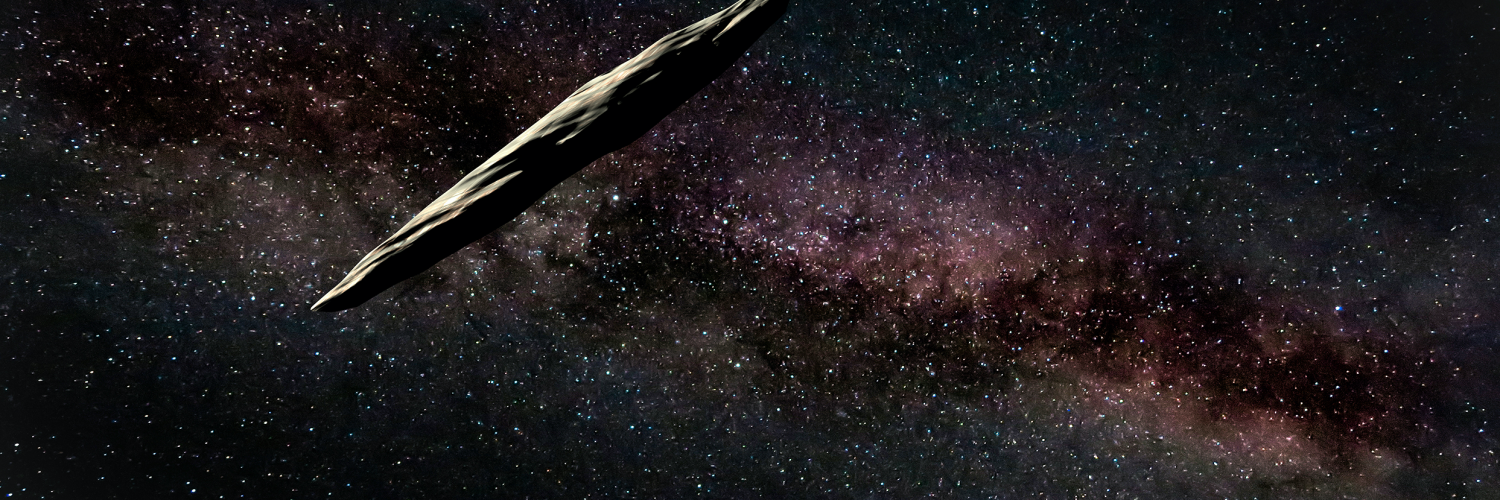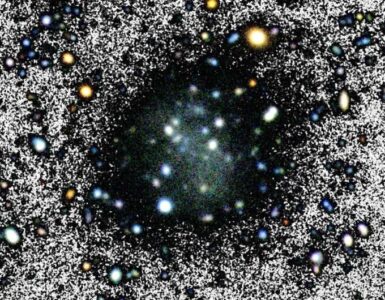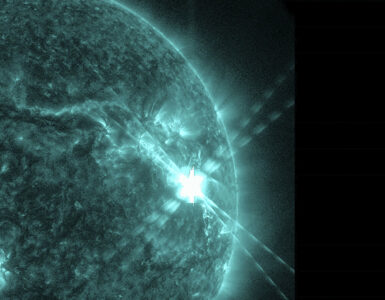by Rhodilee Jean Dolor
In 2017, Canadian astronomer Robert Weryk discovered a strange object from another star system passing by. The elongated, cigar-shaped body is the first of its kind that scientists found, but findings of new research on its origin and formation suggest we will see more interstellar visitors in the future.
Messenger From Afar
Researchers called the object Oumuamua, which means “a messenger from afar arriving first” in Hawaiian language. Nearly three years after it was detected using the Haleakala Observatory’s Pan-STARRS telescope in Hawaii, the body is still shrouded in mystery.
Data is scant because scientists only had two weeks to study it before it became too faint for observation as it hurtled away from Earth.
New research published in the journal Nature Astronomy on April 13 offers hope that astronomers will get more opportunities to study interstellar objects like Oumuamua, and possibly settle unanswered questions about these bodies.
Study researcher Yun Zhang, from the National Astronomical Observatories of the Chinese Academy of Sciences, and colleagues used computer simulations to investigate how the body was formed in a bid to understand Oumuamua’s odd features that ensued a debate on whether the object is a comet or an asteroid.
The findings suggest that the object could be one of the remnants of a larger body that was ripped apart by its host star during tidal fragmentation.
Tidal Fragmentation
The process happens when a smaller object ventures very close to a bigger one. The tidal forces of the larger body can tear the smaller body apart, just like what happened to the comet Shoemaker-Levy 9 when it got too close to Jupiter.
The comet was once a single body but it was torn apart when it made a close approach to Jupiter in July 1992. When it was discovered in 1993, Shoemaker-Levy 9 was already torn into more than 20 pieces that orbit the planet. NASA explained that the tidal forces from Jupiter’s powerful gravity is to blame for the fragmentation of the object.
The same thing may happened to Oumuamua’s parent body. It was possibly a planetesimal body, long-period comet, or an Earth-like planet that ventured too close to the parent star. Computer simulations suggest that close encounters within 186,411 miles of the star can rip objects into elongated fragments that are then ejected into interstellar space.
Thermal modeling also revealed that the surface of the fragments that broke away from the parent body melted at a short distance from the host star due to extreme heat, but it recondensed when the objects moved further away, causing the fragments to develop a surface crust that supports and maintains an elongated shape.
“Oumuamua-like ISOs can be prolifically produced through extensive tidal fragmentation and ejected during close encounters of their volatile-rich parent bodies with their host stars,” the researchers wrote in their study. “Material strength enhanced by the intensive heating during periastron passages enables the emergence of extremely elongated triaxial ISOs with shape c∕a ≲ 1∕10, sizes a ≈ 100 m and rocky surfaces.”
The researchers added that the tidal fragmentation scenario can also explain the other odd features of Oumuamua. The object has no comet-like coma and exhibited non-gravitational acceleration during its passage. Scientists think this is not caused by the forces of planetary bodies, but by outgassing that pushes the object like thrusters that propel spacecraft.
Most of the volatile substances on the object’s surface were lost as a result of heating by the star, but some residual water ice is believed to have been preserved below the surface.
“Heat diffusion during the stellar tidal disruption process also consumes large amounts of volatiles, which not only explains Oumuamua’s surface colors and the absence of visible coma, but also elucidates the inferred dryness of the interstellar population,” Zhang said.
When Oumuamua arrived in the Solar System, additional heat from the sun seeped through the object’s crust and liberated the residual ice. The evaporating materials then gave the body the push that can explain its unusual acceleration.
Common Scenario
If the tidal fragmentation theory turns out correct, Oumuamua is just one of many other objects ejected from their star system into space. Given the number of stars in our galaxy, researchers think there are many other similar objects that were shredded from their parent bodies and ejected from their home system.
“The discovery of Oumuamua implies that the population of rocky interstellar objects is much larger than we previously thought,” Zhang said. “On average, each planetary system should eject in total about a hundred trillion objects like Oumuamua. We need to construct a very common scenario to produce this kind of object.”
More Interstellar Visitors To Pass By Earth’s Galactic Neighborhood
The researchers also think that a number of these Oumuamua-like bodies will stray in Earth’s galactic neighborhood.
“Oumuamua is just the tip of the iceberg. We anticipate many more interstellar visitors with similar traits will be discovered by future observation with the forthcoming Vera C. Rubin Observatory,” said study researcher Douglas N. C. Lin, from the University of California, Santa Cruz.
It did not take long after the discovery of “Oumuamua that astronomers detected 2I/Borisov in August 2019. Researchers said the second interstellar object found flying by the Solar System is a comet that originated from a red dwarf, a star smaller and fainter than the sun.
Based on observations using the National Radio Astronomy Observatory’s Atacama Large Millimeter/submillimeter Array (ALMA), astronomers said the object is likely a fragment of a planet with lots of carbon monoxide near the surface.
“If that object collided with another, then the carbon monoxide-rich fragments could be released into space,” said Martin Cordiner, from NASA’s Goddard Space Flight Center in Greenbelt, Maryland. “After a cold, lonely voyage, 2I/Borisov made its close encounter with our Solar System and started outgassing and showing us what it’s got inside.”
Astronomers have so far detected only two interstellar visitors, but if the new theory holds up, new telescopes and instruments will eventually discover more of these objects in the future. When that happens, scientists get better opportunities to learn more about the universe and our very own Solar System.










Add comment